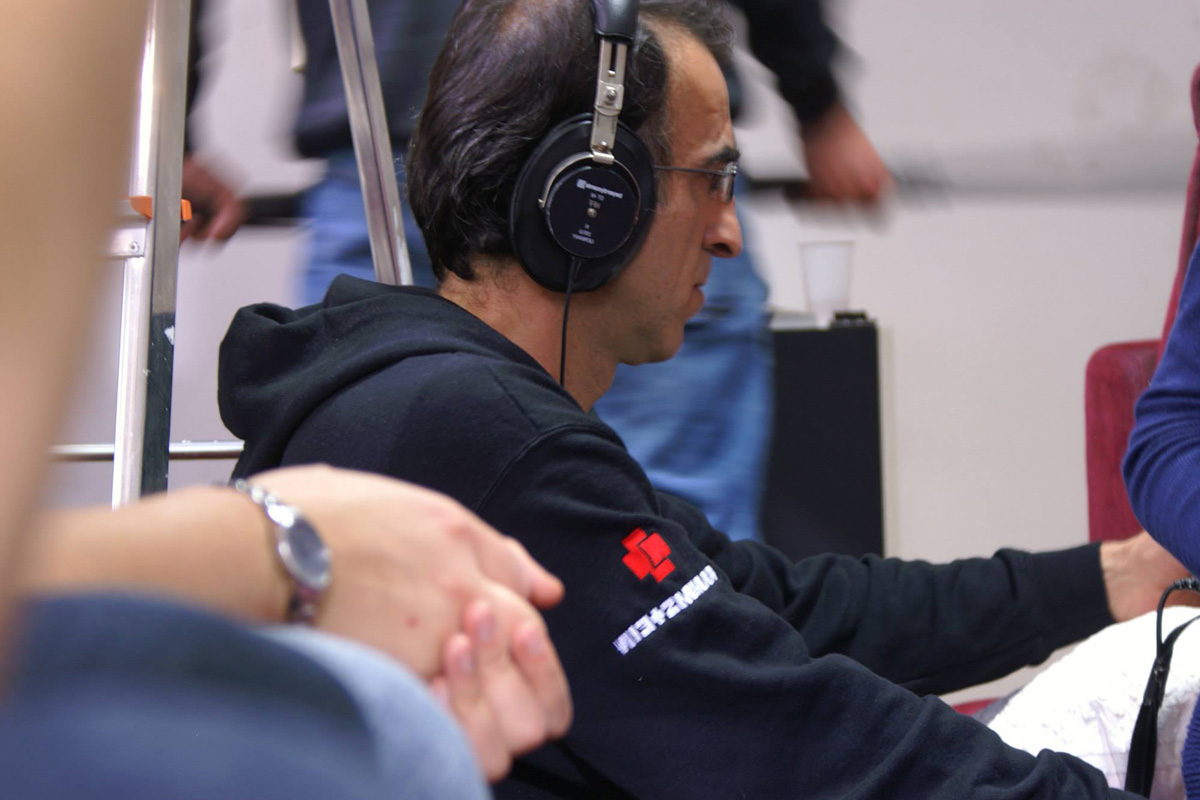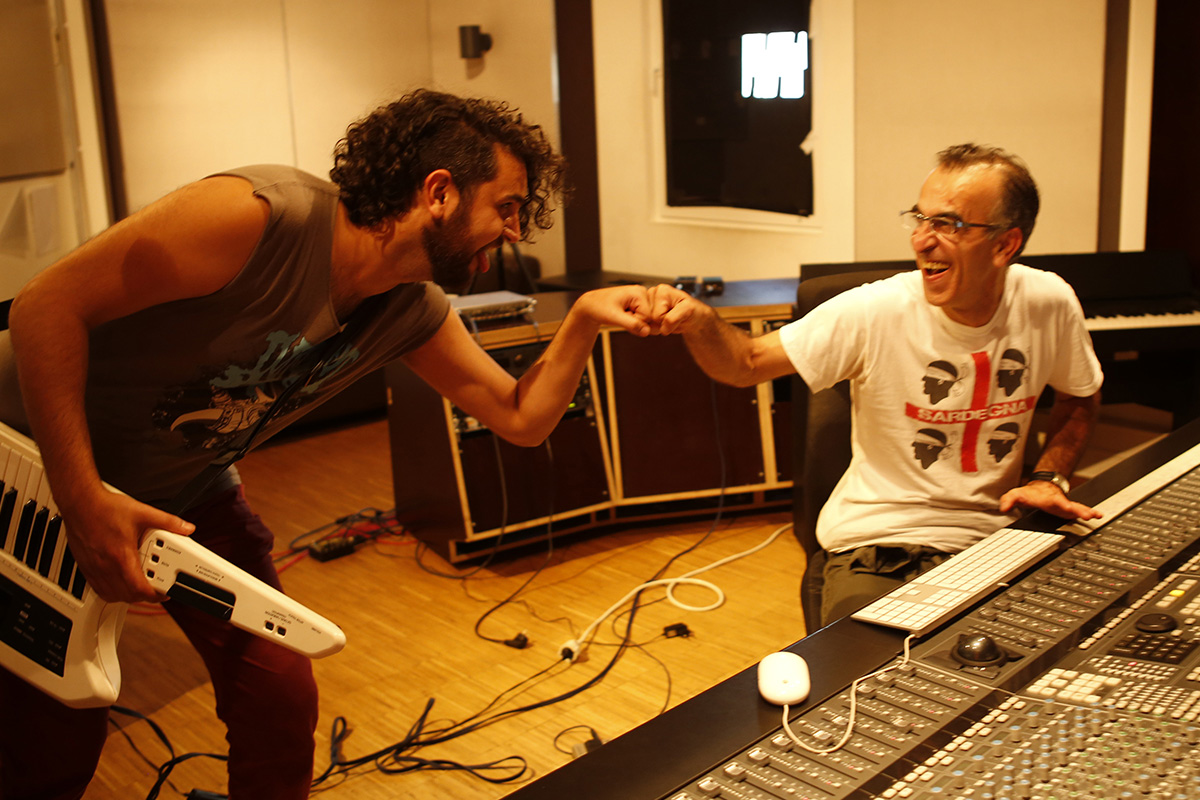Dialog Editing

The ambience is the background sound of production dialog. What you need to listen for is: Shifts in ambience when switching between mics Background noises that come and go unnaturally (like an airplane noise or lawnmower that come and go because of switching takes or mics) Ambiences that may been edited in by picture editors but don’t match what’s in there (they’re trying to do you a favor by filling in a hole but use the wrong material to do it) “”
Clip Gain
The dialog editor may be responsible for adjusting clip gain. This is a question to ask the re-recording mixer you’re going to be working with. If you are editing and mixing, it might be in your benefit to adjust clip gain as you work. But, if clip gain isn’t set correctly, it can cause more work for the mixer, not less.
Clip gain should be global across an entire scene. For example, a whole scene being brought up 6dB. This allows the mixer to make global EQ and compression changes to the scene.
Sometimes there will be clip gain in the AAF regions and in those cases, it’s better to convert the clip gain to volume automation. What you’re trying to avoid is a mixer having a fader set to zero and the dialog jumping all over the place due to clip gain. The last thing a mixer needs is to be adjusting clip gain problems.
Filling in under ADR
When audio switches from production dialog to an ADR line, you need to re-create the background ambience of the production dialog to play while the ADR line is going. If you’re lucky (like this example below), the handles of the original audio have quiet fill that will match the other dialog in the scene. Izotope RX has a module called Ambience Match module which can be effective at creating fill, also.
Futz
If you come across dialog that is going to be treated so it sounds like it’s coming from a low quality speaker, this is called a “futz”. Some examples of futzed audio are dialog coming from a radio, television, walkie talkie, or telephone.
The mixer is the one who does the futz effect and will probably use a plugin like Futzbox McDSP, Audio Ease Speakerphone, or a guitar amp emulation plugin. But, it’s up to the dialog editor to separate what needs to be futzed onto it’s own track (or tracks).
PFX
We talked about this some in an earlier section – pfx are production effects, or sound effects that were naturally picked up in production audio. It could be sounds like footsteps, doors closing, breaths, squeaks, etc. It could also be environmental sounds like a car driving by, ambience, or someone riding a bike. The idea is to add production sounds to the foreign version so it doesn’t need to be covered by sound fx later (although some sounds will be replaced or sweetened/added onto with sound design).
In the photo above, you see 4 dialog tracks, 4 pfx tracks, and two mono sound fx tracks. The dialog tracks have spoken language. The pfx tracks have useful sounds without any speaking (in this example it’s skateboarding sounds). The two fx tracks have added sounds that are sweetening the pfx. These fx sounds might be making something more prominent than it is in the pfx (like a skateboard land, a crash, etc).
It’s possible both the sound fx editor and the dialog editor will have pfx tracks. If they’ve been separated out (by the picture editor), it’s possible they will be with the materials sent to the sound fx editor. In that case, it’s the job of the dialog edit to pull out any missed pfx sounds.
Time management
When you're editing dialog, what might be considered "good" or "good enough" on one project may not be the same as another. A major film could hire a dialog editor for months to remove every pop and mouth noise. A low-budget cable television show might give an editor a day to do everything (dialog, music and sound fx) and the source audio is full of problems. In this industry, meeting the deadline is often more important than doing it right.
An analogy would be a studio recording vs a live concert. A live concert is never going to sound as good as a studio recording. The artist will sing some out of tune, wrong notes might be had, but there is an energy and intensity that you can't capture in the studio. The two are different and because of that, the sound quality can't be treated equally. It's apples and oranges.
Part of learning how to dialog edit isn't just the mechanism of how to actually edit - it's also learning how to manage your time. If you are given 8 hours to edit 42 minutes of dialog, you have to figure out how much you need to do per hour, which problems to solve and which ones to let go. While 8 hours might seem like plenty of time, you also have to take into account that one or two problem spots could take you an hour and a tech issue in the material could cost you another half hour. If you have any questions for the mixer or just having an off day, next thing you know you're working after-hours for free.





